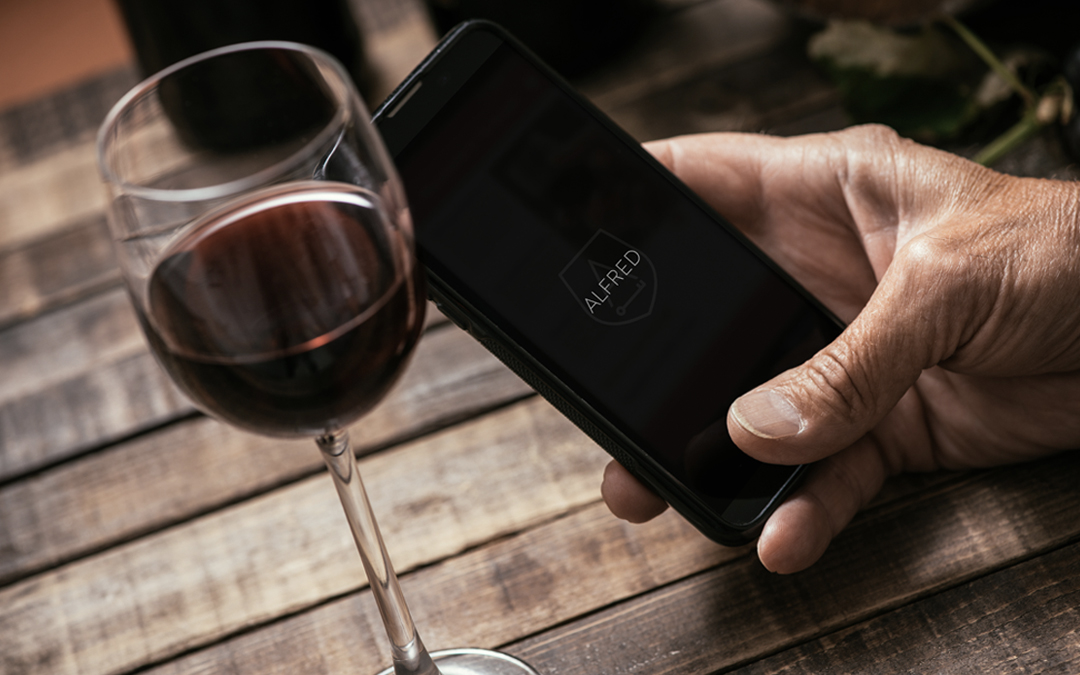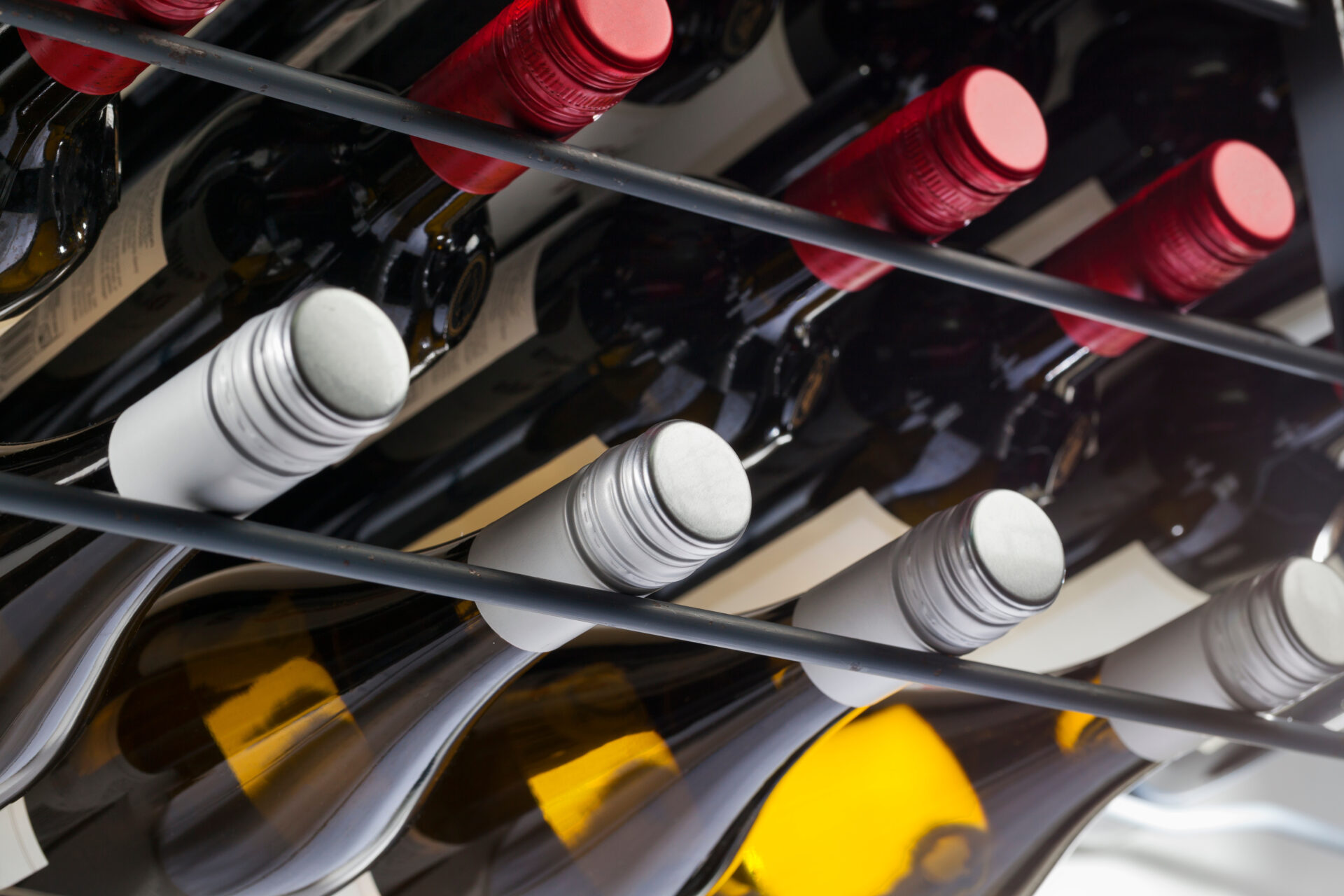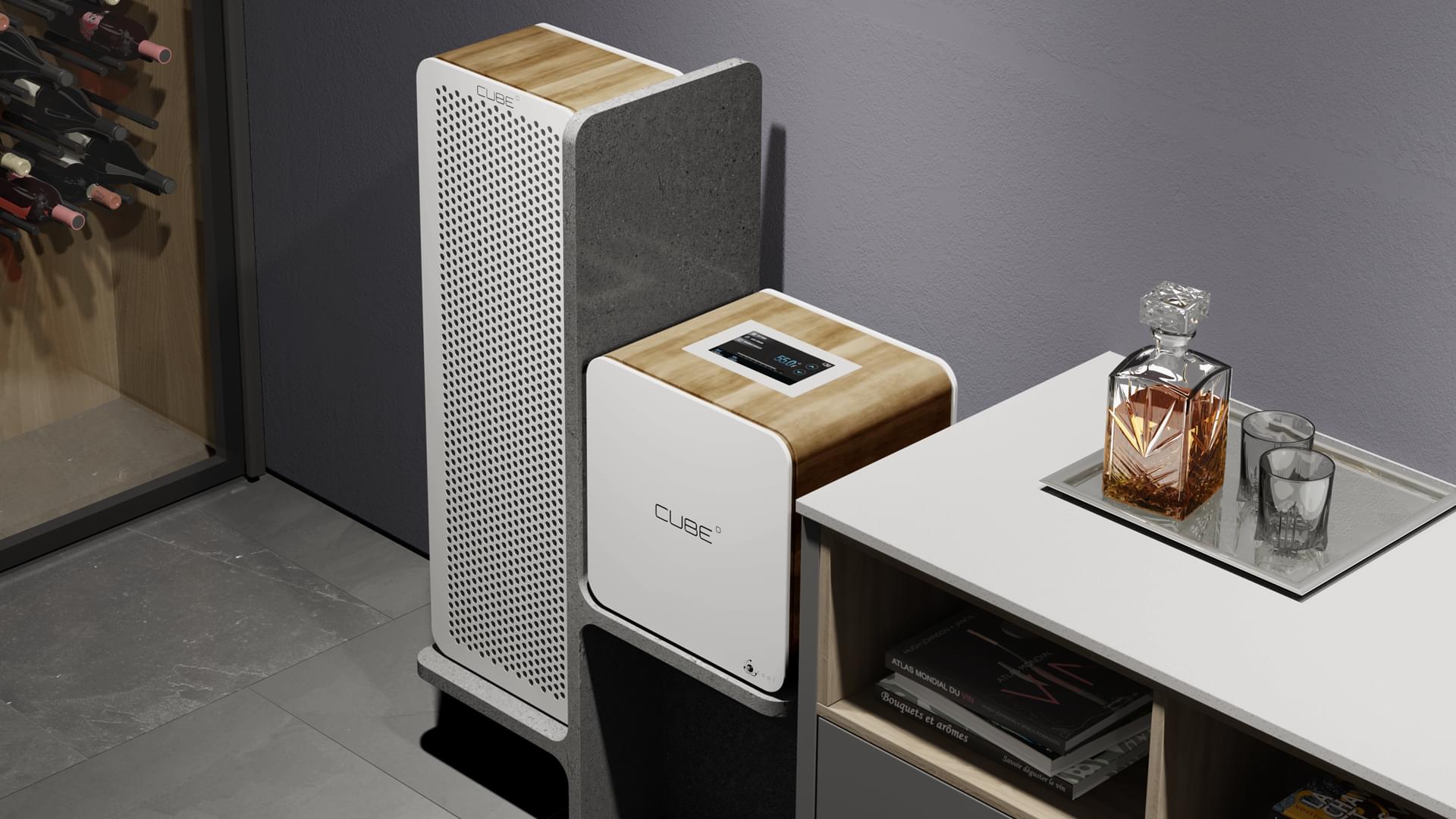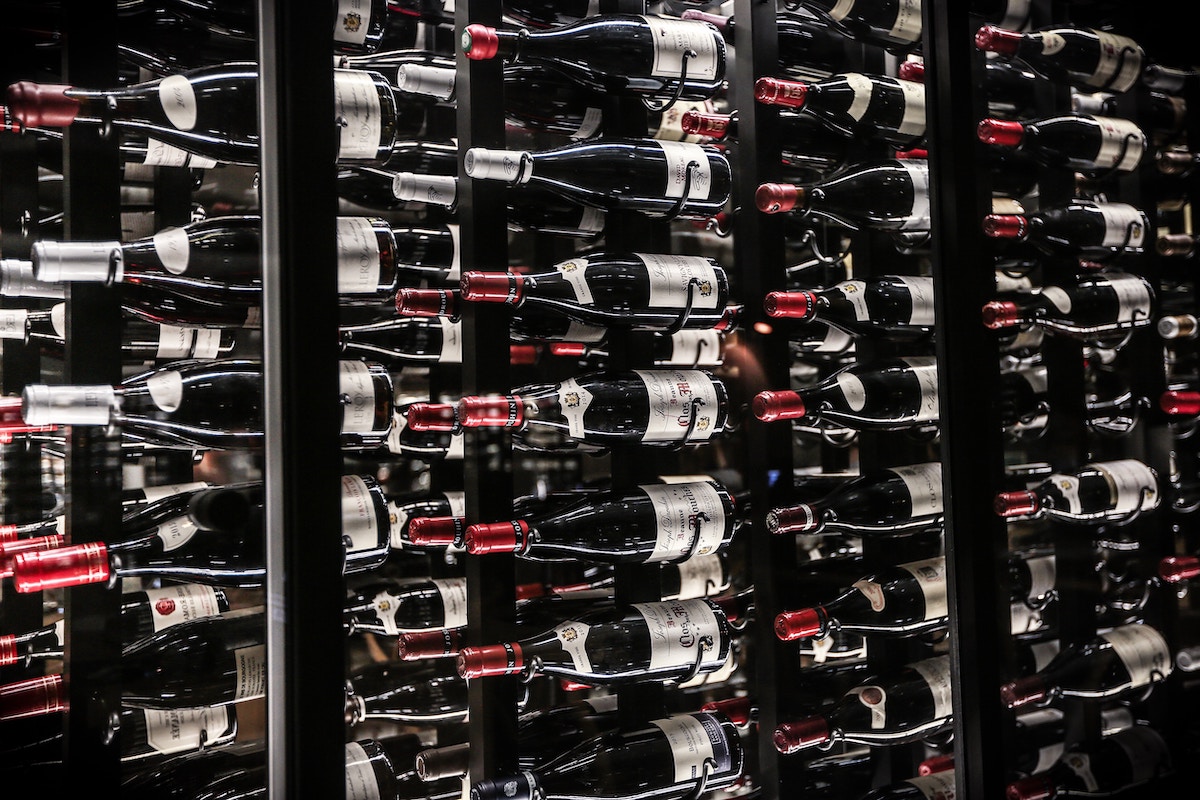The secrets of long-keeping wines
Not all wines are suitable for long-term storage in a wine cellar. It can come as a surprise that the vast majority of wines on the market are designed to be consumed within 2 to 5 years after being bottled.
Long-keeping wines (with a lifespan of several decades) are actually vinified in a completely different way than wines to be consumed young.
acidity + tannins + alcohol = Wine “ body guards ”
The acidity, the tannins and the alcohol are natural compounds that allow the wine to thrive through time and remain protected from the consequences of oxygen.
Because
Oxydation = Decline
When a wine is said to be: “ too young to drink ” this means that those three elements ( acidity / tannins / alcohol ) are still too strong to render a pleasant taste.
Who likes an acidic, dry and burning taste?
In tasting Jargon ?
To illustrate these sensations, geometric shapes are often used in tasting jargon.
So, a wine that is too young could give the impression of a “square”, with all those elements that “scrape” the palate without any harmony.
Given time, the sharpness of the square becomes smooth and its shape becomes “rounded”, giving the impression that the elements have merged with one another.
On a more poetic note…
The beautiful thing is that winemakers find themselves creating an anticipatory work of art:
They blend colours and textures that they hope to see flourish in 10, 15 or even 20 years and are themselves surprised by the more or less complex expressions of their vineyard.
In summary
To summarize, when tasting a wine and attempting to assess its potential for long-term storage, we evaluate the weight of each of its “body guards” (acidity \ tannins \ alcohol), including our knowledge of the vintage, allowing us to approximately predict the number of years the wine will need to reach maturity when stored in adequate conditions.


Expert tips on wine cellar design and preservation
Discover the captivating world of wine collecting, where culture meets accessibility and investment potential. Explore the convenience of online marketplaces,...
Read more
The Different Types of Wine Cellar Cooling Systems
There are 4 different types of Wine Cooling Units presently on the market, they are: self-contained cooling system split cooling...
Read more
How to age your wine
Today, for several reasons (lower yielding harvests, consumption habits, increasing costs…) the wines being sold are usually young vintages. However,...
Read more